Superconductors are one major step closer to practical use thanks to new work from Columbia University physicists.
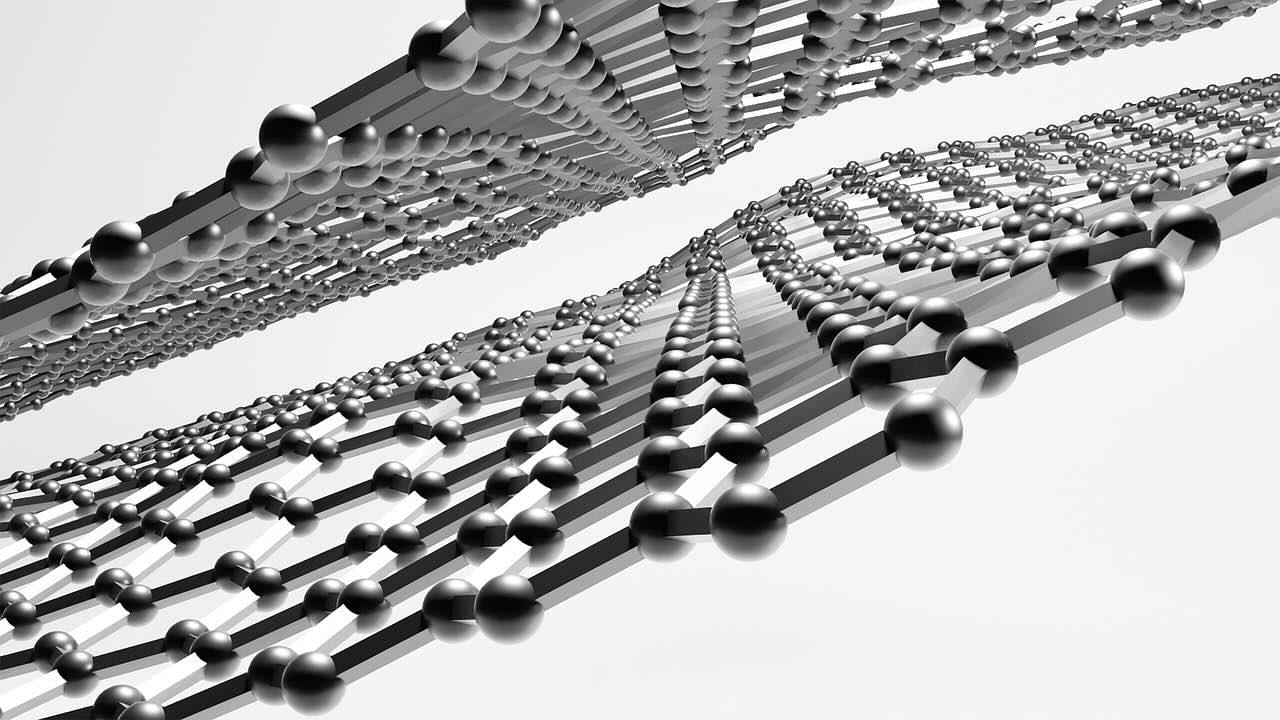

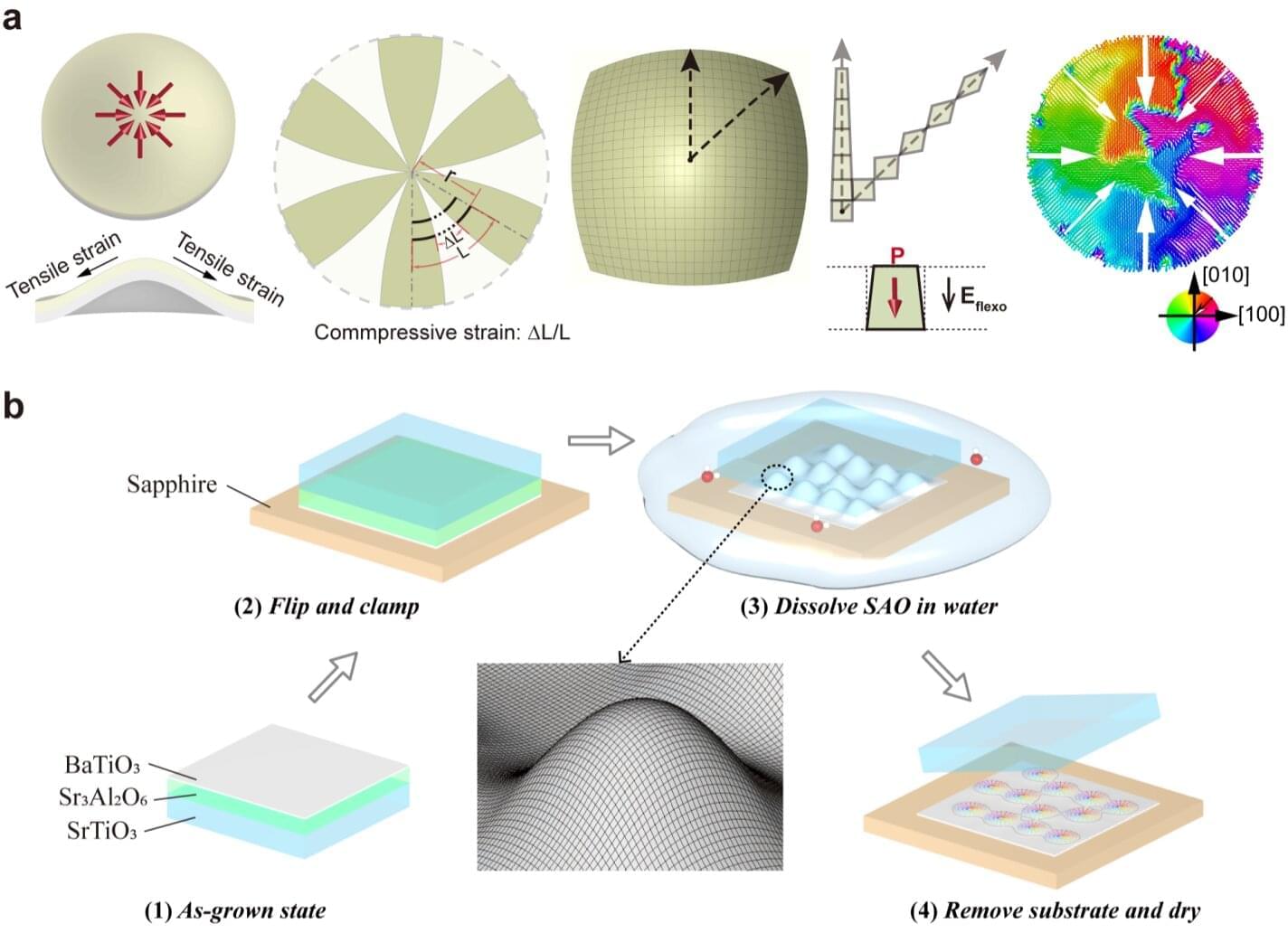
Ferroelectrics are a class of materials that exhibit so-called spontaneous electric polarization, which is the separation of electric charges that can be reversed when an external electric field is applied to them. The dipole moments (i.e., pairs of equal and opposite charges) in these materials can sometimes be arranged in complex configurations known as topological textures.
The topological structures of some ferroelectric materials can interact with light in interesting and unexpected ways, which could have interesting implications for the development of optical technologies and communication systems. The size of ferroelectric polar topologies unveiled and studied to date, however, is not aligned with that of laser light modes, which limited their previous use for the development of optical technologies.
Researchers at Nanjing University recently realized a micrometer-scale center-convergent ferroelectric topology using barium titanate (BaTiO3) membranes that enables the precise spatial control of light fields.
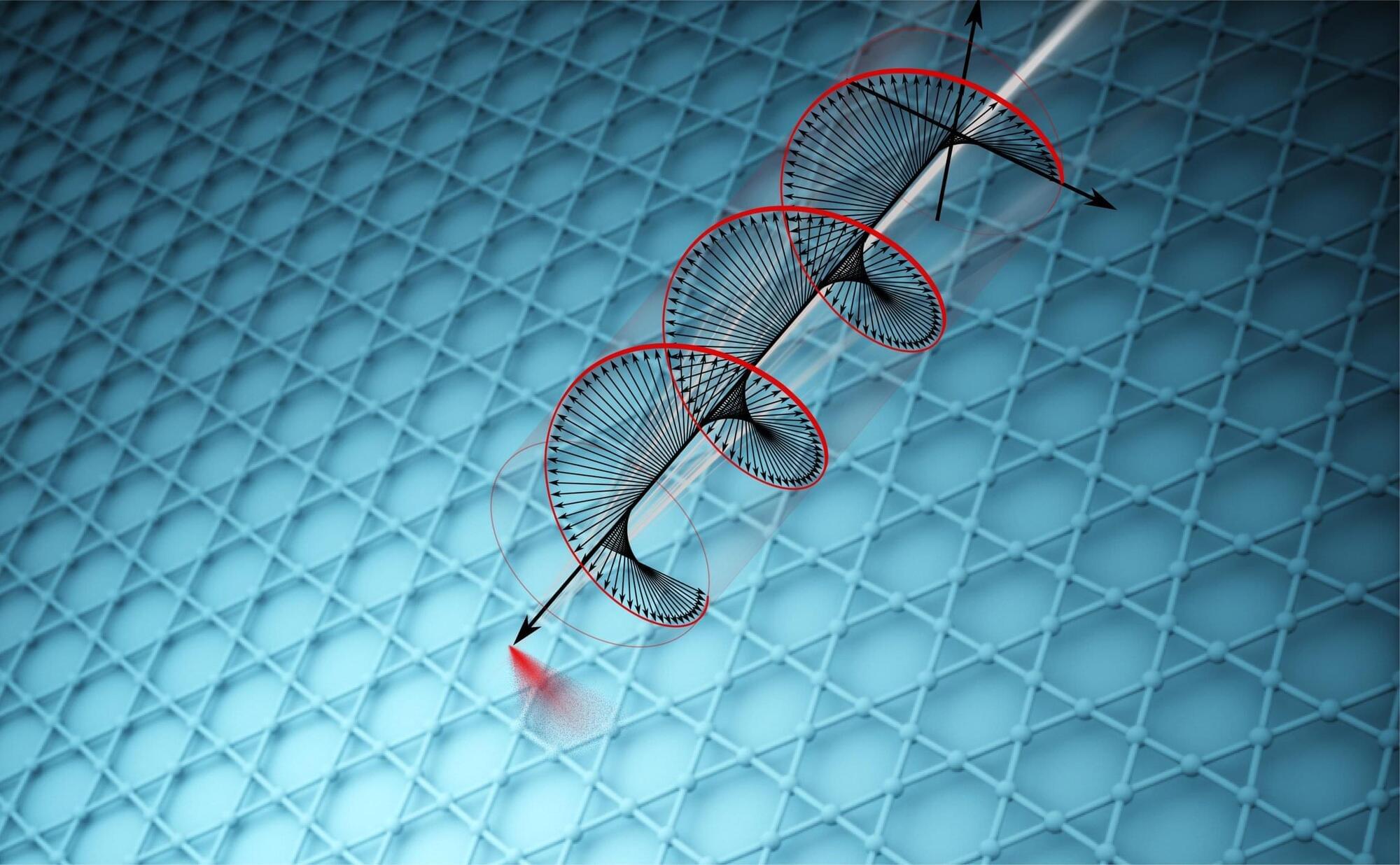
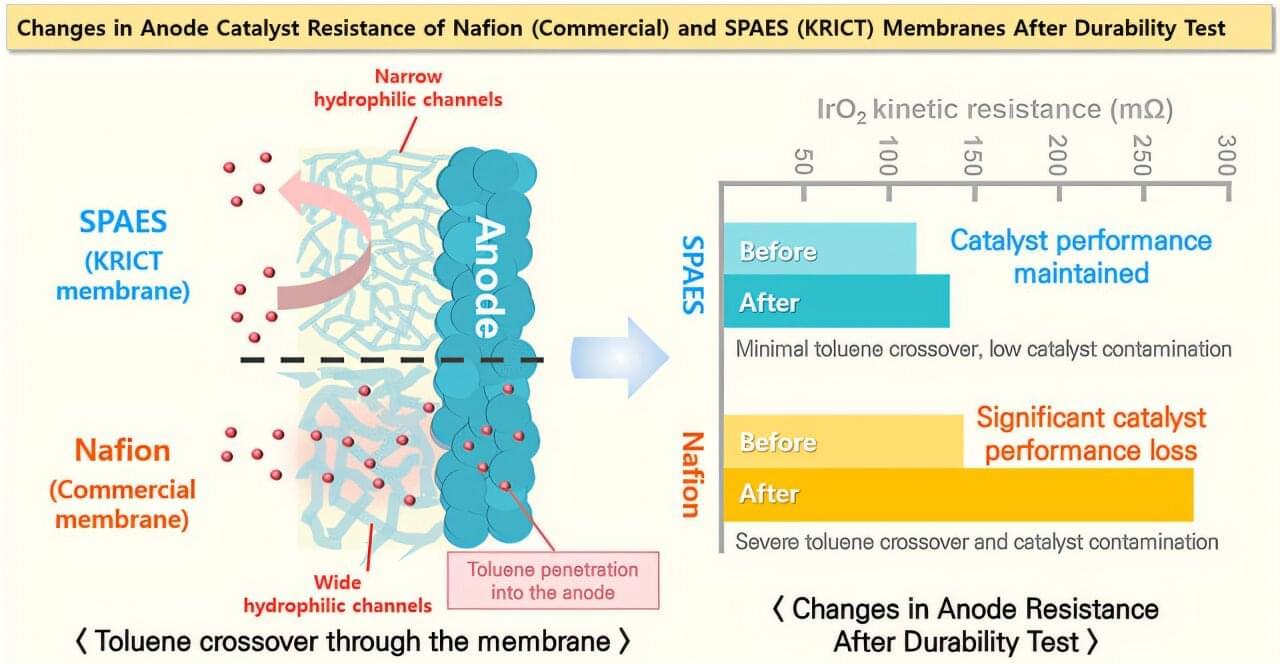
A Korean research team has developed a new proton exchange membrane (PEM) that significantly enhances the performance of electrochemical hydrogen storage systems. The work was published as a cover article in the Journal of Materials Chemistry A.
Dr. Soonyong So of the Korea Research Institute of Chemical Technology (KRICT) and Professor Sang-Young Lee of Yonsei University have developed a next-generation PEM for LOHC-based electrochemical hydrogen storage using a hydrocarbon-based polymer called SPAES (sulfonated poly(arylene ether sulfone)).
This SPAES membrane reduces toluene permeability by over 60% compared to the commercially available perfluorinated PEM Nafion and improves the Faradaic efficiency of hydrogenation to 72.8%.
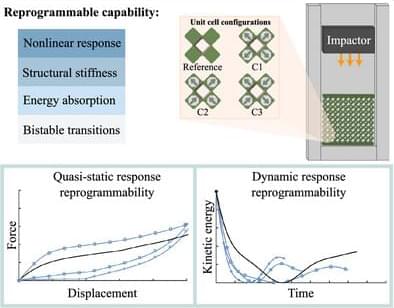

Humans’ relationships with plants is largely utilitarian, serving our needs. We generally either eat them or make things out of them.
Researchers in the College of Human Ecology (CHE) have developed a design and fabrication approach that treats these living things as companions to humans, with seeds woven into hydrogel material for hairbands, wristbands, hats and sandals, among other applications. The seeds grow into sprouts if taken care of properly.
“For most of human history, we have lived alongside plants, and they’ve been leveraged by humans to be used as food or spun into yarns for fabric,” said Cindy Hsin-Liu Kao, associate professor of human centered design (CHE).

Whether designing a window in an airliner or a cable conduit for an engine, manufacturers devote a lot of effort to reinforcing openings for structural integrity. But the reinforcement is rarely perfect and often creates structural weaknesses elsewhere.
Now, engineers at Princeton and Georgia Institute of Technology have developed a technique that can maintain structural integrity by essentially hiding the opening from the surrounding forces. Rather than reinforcing the opening to protect against a few select forces, the new approach reorganizes nearly any set of forces that could affect the surrounding material to avoid the opening.
In an article, titled “Unbiased Mechanical Cloaks” in the Proceedings of the National Academy of Sciences, the researchers said they surrounded openings with microstructures designed to protect against many loads—external forces that cause stress, movement or deformation. The microstructures’ shape and orientation are calibrated to work with the most challenging loads facing the structure, allowing designers to counter multiple stresses at once.
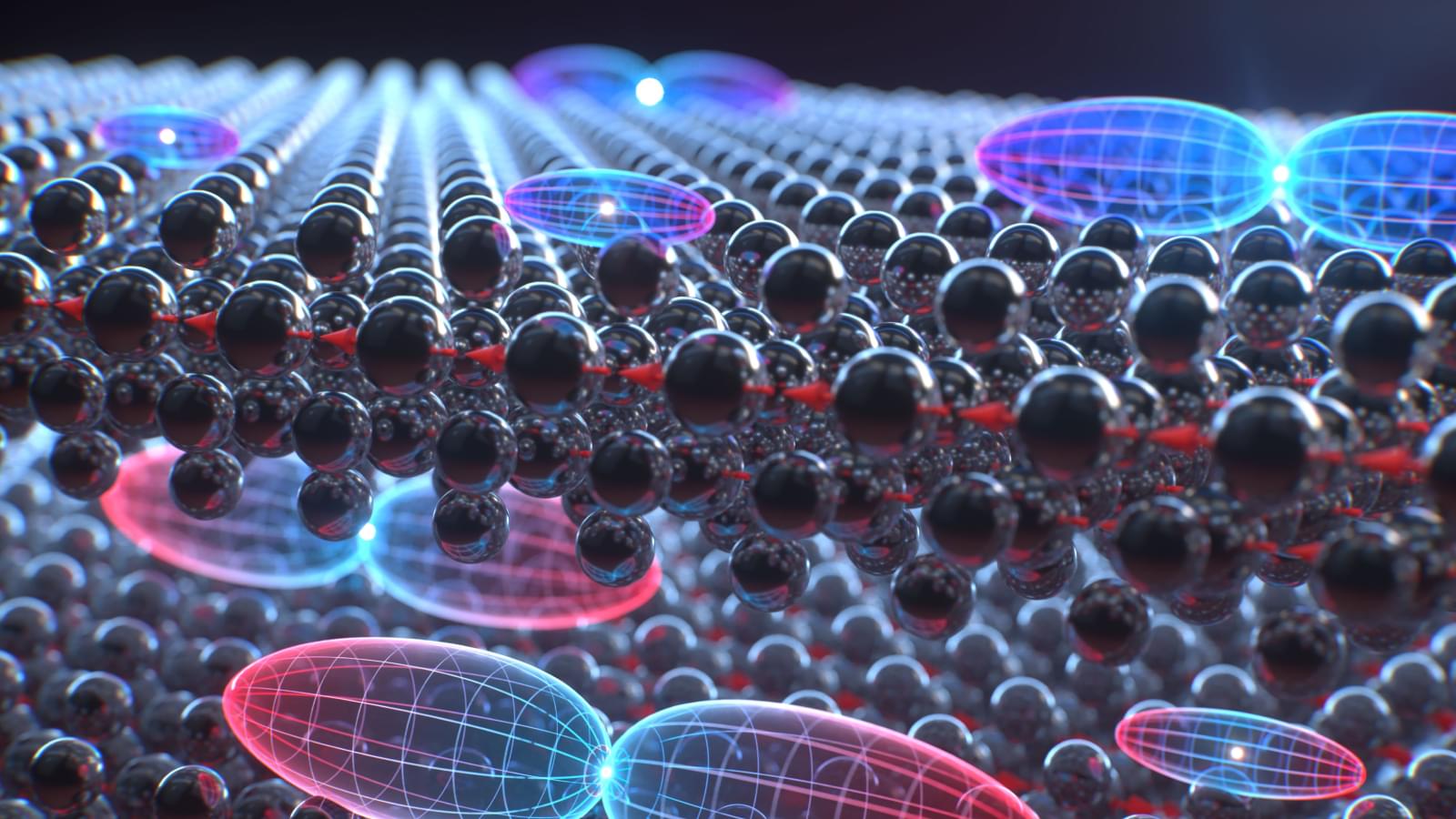
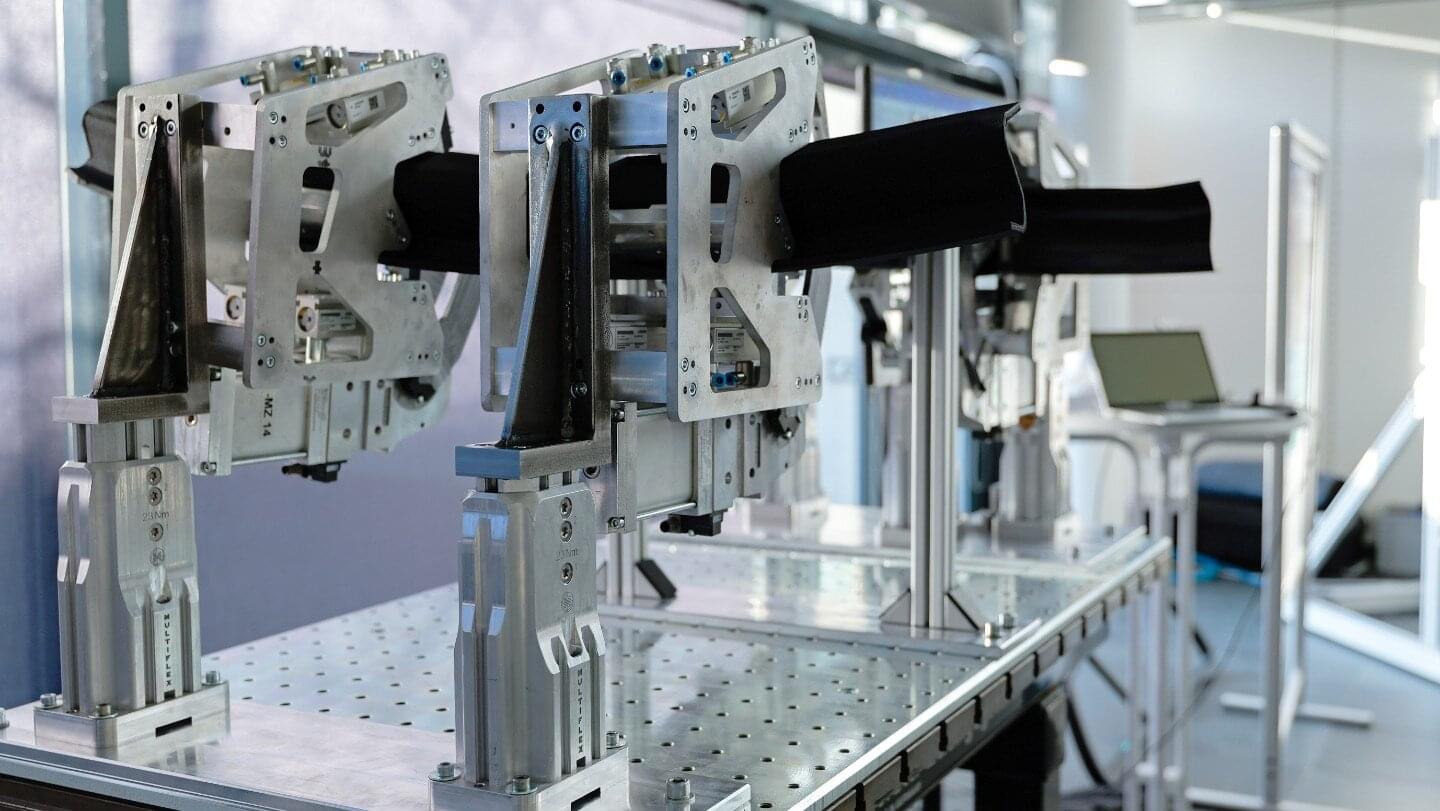
Passenger aircraft doors are still primarily manufactured by hand. A particularly time-consuming aspect is assembling the door structures using screws and rivets. Numerous intermediate steps are required to prevent direct contact between different materials—which would otherwise lead to corrosion.
However, replacing aluminum, titanium, and thermosets with primarily thermoplastic carbon fiber composites (CFRP), which can be welded together automatically without separating layers, makes the process much faster. Manufacturing time for the door structure drops from 110 hours to 4. The TAVieDA project by Fraunhofer IWU, Fraunhofer LBF, Trelleborg, and Airbus Helicopters has shown this clearly.
Another key factor in shortening assembly times is the modular design for different aircraft door variants. The project team specifically looked for components across various door models that could be standardized—and found success, for example, with the crossbeam. The researchers designed a fully automated assembly line for the most common models and developed fixtures and clamping elements suitable for resistance and ultrasonic welding technologies.
